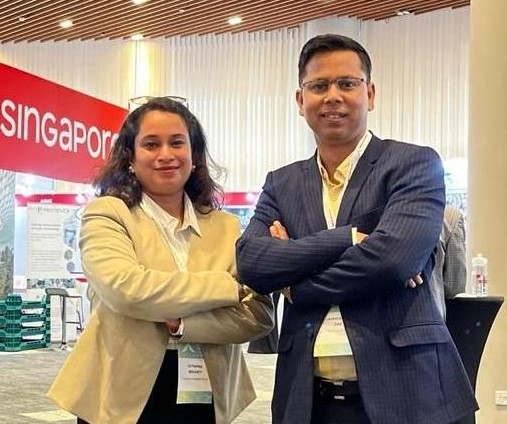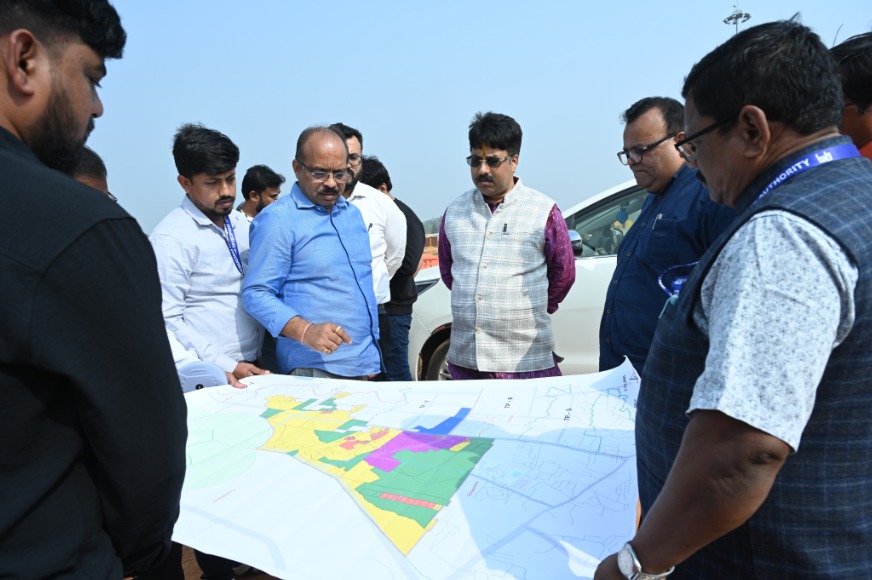New Delhi: In a significant stride towards bolstering India’s logistics efficiency and reducing the cost of rail movement, the Interim Budget for 2024-25 has allocated resources for the implementation of three Economic Railway Corridors identified under the PM GatiShakti. These corridors include energy, mineral, and cement corridors, port connectivity corridors, and high traffic density corridors. The move aims to enhance multi-modal connectivity, decongest high-density rail routes, and promote modal shift from road to rail and coastal shipping, thereby contributing to a reduction in carbon footprint in logistics.
Union Minister of Commerce and Industry, Consumer Affairs, Food and Public Distribution, and Textiles, Shri Piyush Goyal, welcomed the announcement, emphasizing that investment in infrastructure development would generate employment opportunities and have a multiplier effect on the country’s economic growth. He highlighted the government’s focus on infrastructure under the leadership of Prime Minister Shri Narendra Modi.
Several opportunities for the continued utilization of PM GatiShakti National Master Plan (PMGS NMP) have emerged under various Budget 2024 announcements. The expansion of airports, development of new airports, India-Middle East-Europe Economic Corridor, comprehensive development of iconic tourist centers, expansion of Metro Rail, and the development of medical colleges are areas where the planning for multimodal connectivity using PMGS can play a pivotal role.
The Interim Budget underscores the importance of modern infrastructure development as a critical growth engine for India to become a part of global supply chains. It emphasizes the use of new-age technologies, data-based mechanisms, and tools like PM GatiShakti, Unified Logistics Interface Platform (ULIP), and RFID technology for efficient logistics and integrated infrastructure development.
PM GatiShakti, since its launch, has been instrumental in planning physical infrastructure, offering a GIS-data-based decision support system for integrated planning in the logistics and infrastructure sector. The Area Approach, integrated for comprehensive planning of economic and social sector assets, is significantly de-risking infrastructure investments and encouraging foreign direct investment (FDI) inflows through improved logistics efficiency.
As India progresses with the upgrading of existing infrastructure and the construction of new infrastructure, the role of technology, particularly PM GatiShakti, remains critical. It provides a robust decision-making platform for integrated planning, contributing to the nation’s Ease of Living and Ease of Doing Business initiatives.





